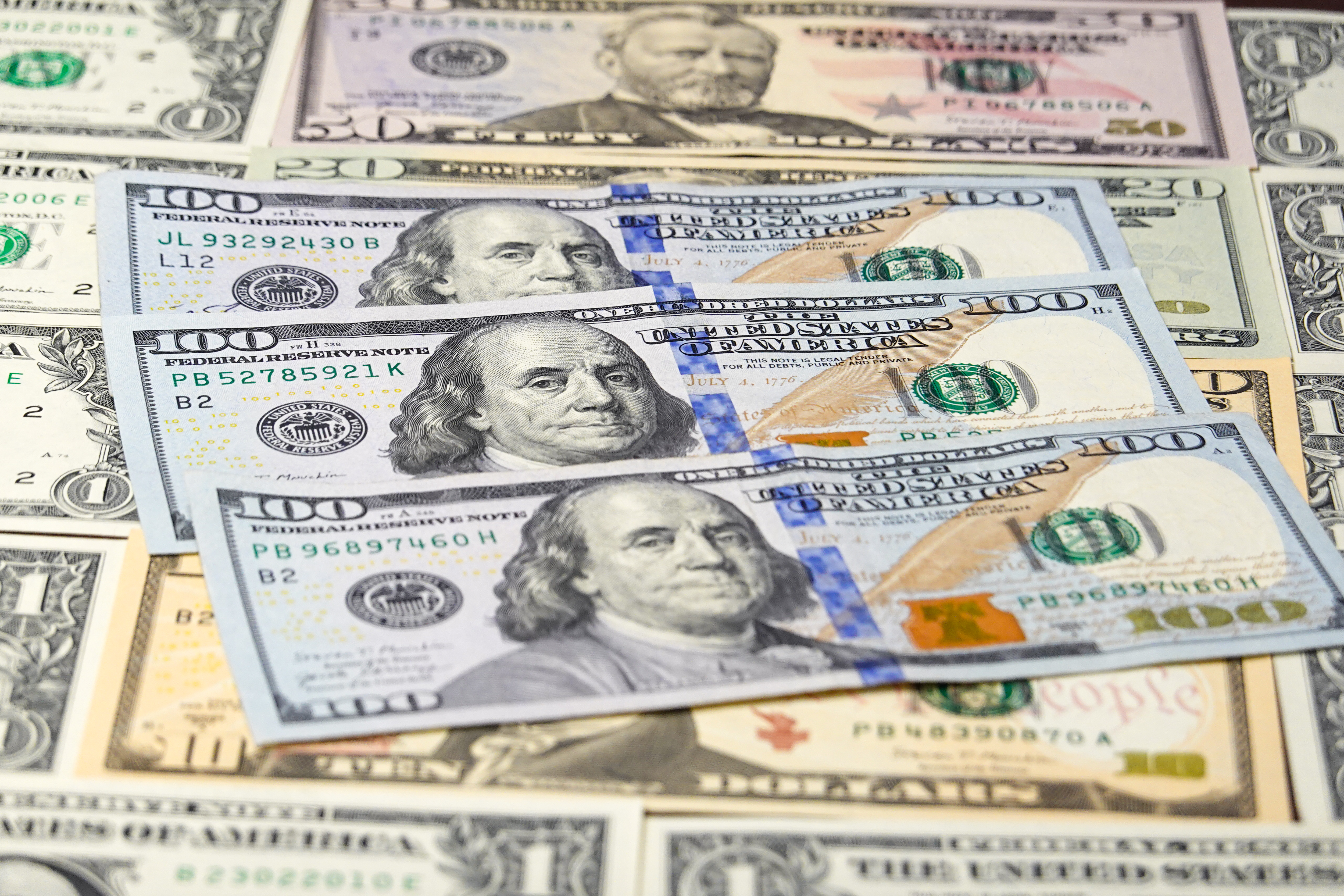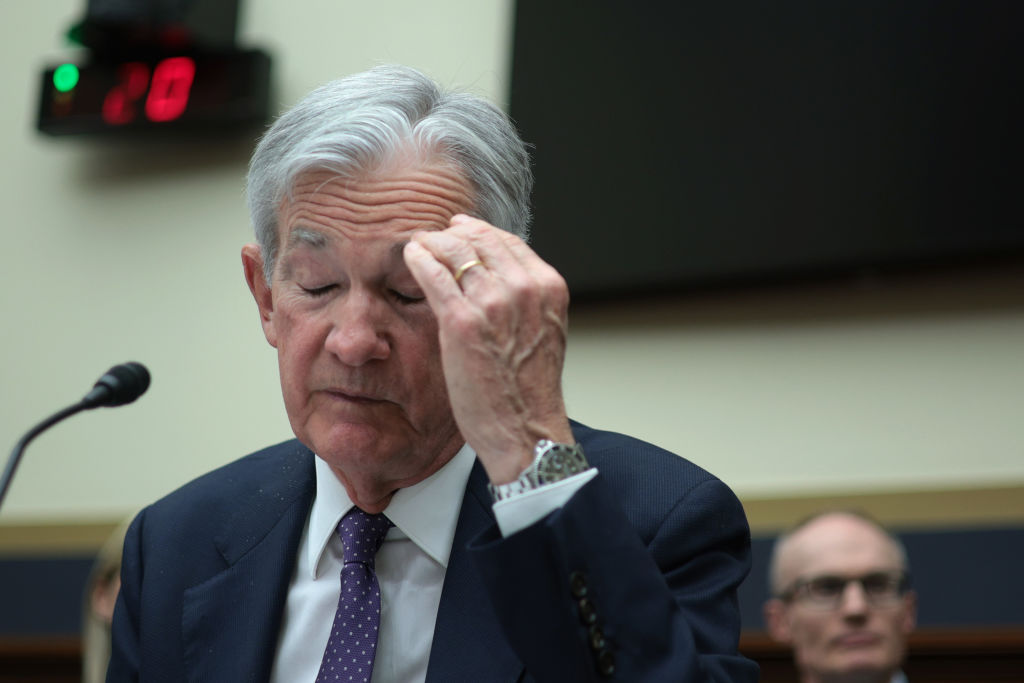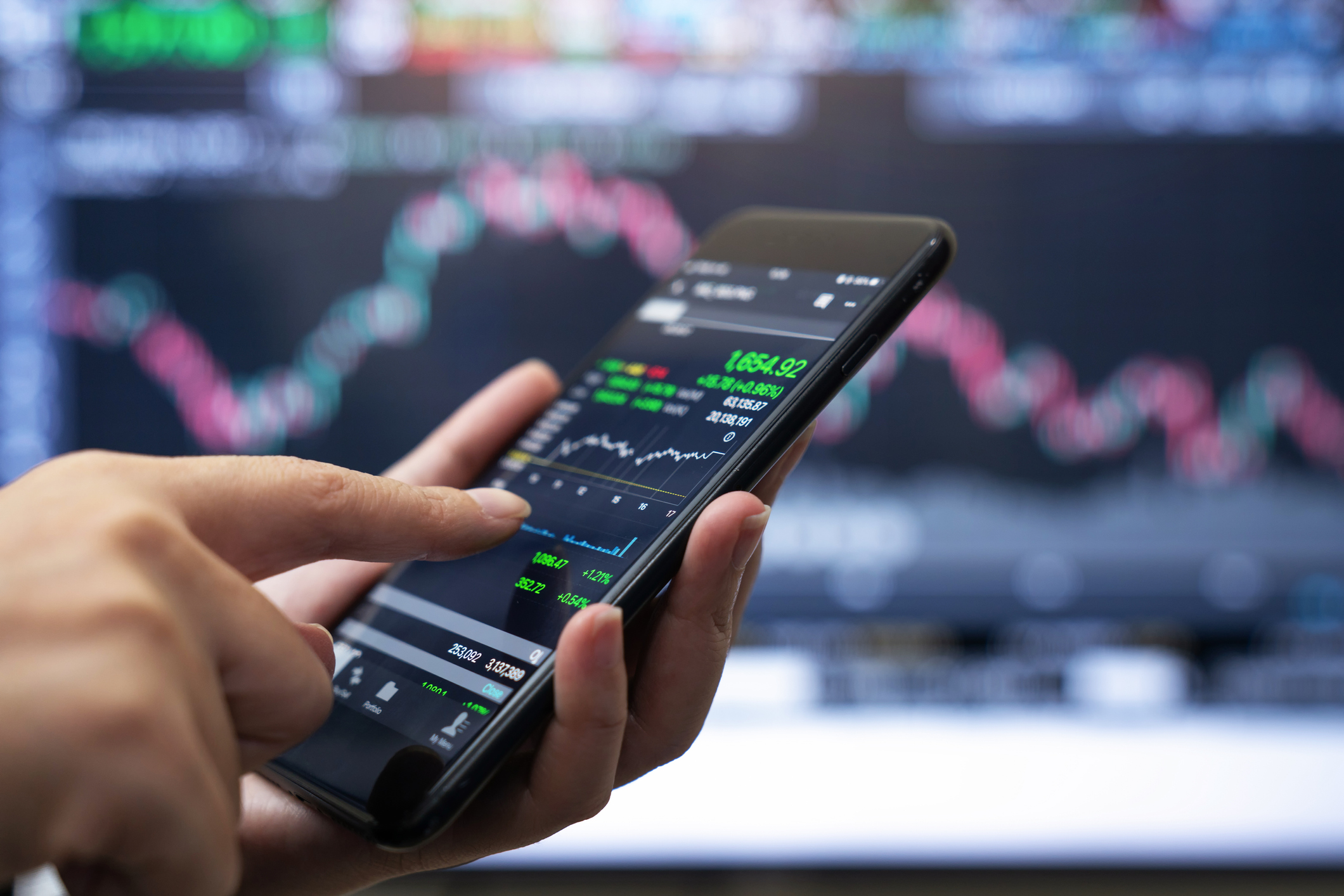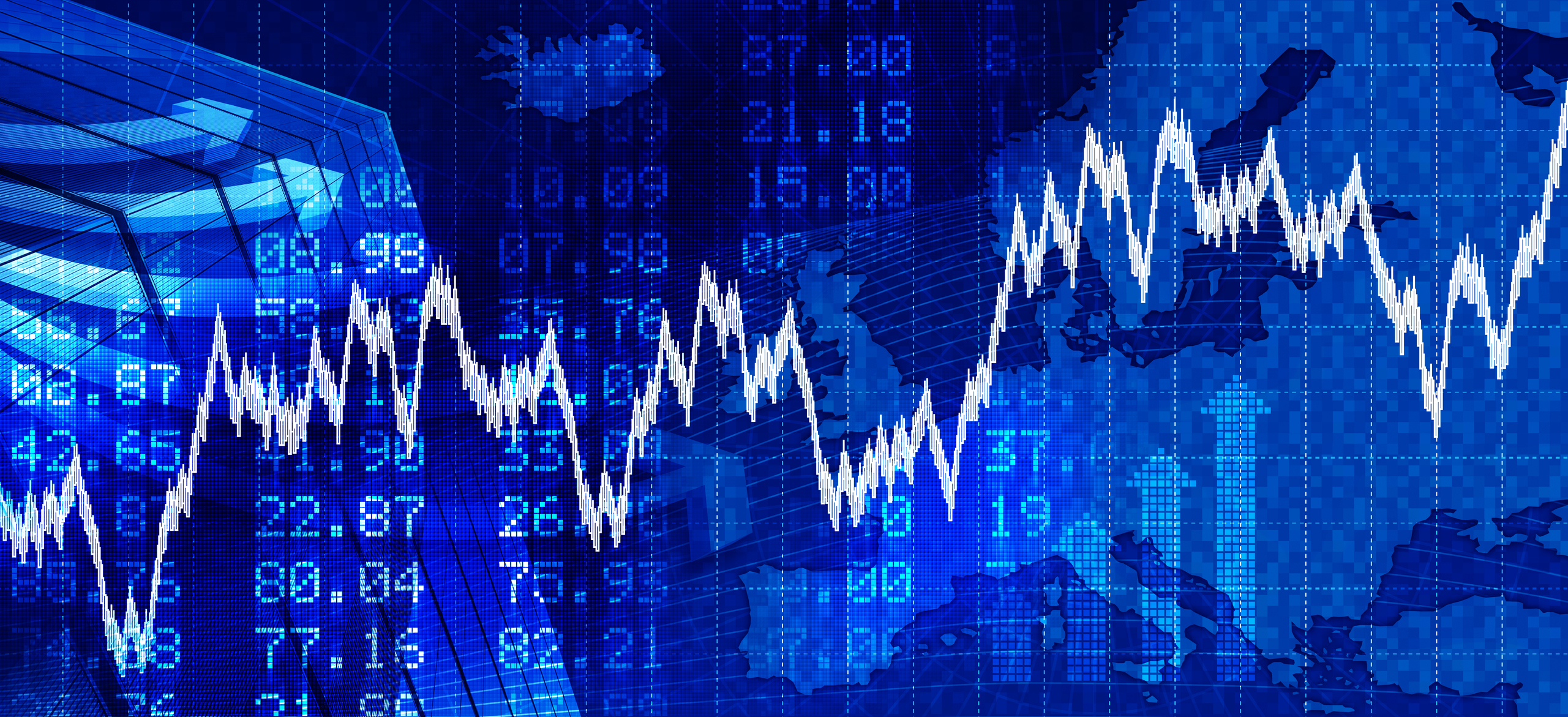Gold: buy in before it soars again
In a crisis, there's nowhere safer for your money than gold. And its current rally is far from over.
In a crisis, there's nowhere safer for your money than gold. It is an insurance policy against choppy markets and a real tangible asset, which is very useful at a time when people are losing faith in an ever-increasing range of financial instruments. The current gold bull-market started in 2001, when gold stood at $268 an ounce. Today it stands at more than $700 an ounce, and has just shot up even further in the wake of Fed chairman Ben Bernanke's half-point interest rate cut. But the rally is far from over.
Gold's safe-haven qualities are of course in the forefront of everyone's minds amid the credit crisis. But there's a strong supply-and-demand case for gold too. In 2006, according to the World Gold Council, demand hit a record $65bn. At the same time, production fell by a staggering 13%. And so far this year, the WGC's second-quarter report card has revealed that dollar demand for gold in the jewellery, investment and industrial sectors all hit new highs in the three months to 30 June. Jewellery demand was particularly strong, hitting a record $14.5bn, a 37% rise on last year.
The growing numbers of wealthy people in emerging market economies is one of the key drivers behind this strengthening demand for gold. In tonnage terms, India, the world's largest gold market, showed record demand for gold for both investment and jewellery, according to independent consultancy GFMS Ltd. The country's total demand hit 317 tonnes in the quarter equivalent to half the global mine output for the period. Meanwhile, Russian consumption in the quarter rose 27% to 20.3 tonnes, and in the Middle East, tonnage demand rose 20% to 97.5 tonnes, with Turkey seeing second-quarter records for both jewellery, which rose 14% to 52.2 tonnes, and net retail consumption, which rose 5% to 20.5 tonnes.
MoneyWeek
Subscribe to MoneyWeek today and get your first six magazine issues absolutely FREE

Sign up to Money Morning
Don't miss the latest investment and personal finances news, market analysis, plus money-saving tips with our free twice-daily newsletter
Don't miss the latest investment and personal finances news, market analysis, plus money-saving tips with our free twice-daily newsletter
So it's little surprise that Pierre Lassonde, a director of Newmont Mining and head of the World Gold Council, recently predicted that the gold price would surge to more than $1,000 an ounce, with a new record high possible within 12 months (the current all-time high is $850 an ounce). And the company has backed up his optimism with concrete action. Earlier this year, Newmont Mining did something pretty dramatic: it completely eliminated its forward sales contracts, taking a $460m charge in the process. It wasn't the only miner to do so. Indeed, in the second quarter of this year gold dehedging hit a new record high.
Such forward sales protect miners against falling prices. These contracts sell gold in the ground at today's price, so that by the time the gold is actually dug out of the mine, the producer isn't left facing a lower gold price than when the project was given the go-ahead. So the fact that Newmont is willing to bet so heavily on prices being higher in the future is a real sign of its confidence in the market. On top of this, the fact that the US has now started cutting interest rates sharply bodes ill for the dollar. As Alan Greenspan has made clear with his newfound conversion to responsible monetary policy, inflationary pressures around the world are building, and a weak dollar can only make that worse.
But with Ben Bernanke facing a weakening US economy, he has to make the unenviable choice of either cutting rates to prop up consumption and the housing market, or raising rates to protect the dollar but condemning the US to certain recession. As his actions this week show, Mr Bernanke is more likely to sacrifice the dollar than US homeowners. As the foreign investors who have been propping up the US economy in recent years realise that the value of their dollar holdings is only set to fall further, they will withdraw their money in favour of more reliable investments such as gold.
A run on the dollar, the world's reserve currency, might seem far-fetched. But then, if someone had told you even just a month ago that there'd be a run on a major UK high street bank before 2007 was out, you might have thought that far-fetched too.
This, on top of the supply-and-demand fundamentals of the gold market make Pierre Lassonde's prediction of $1,000 gold look eminently achievable. Buy in now before the price rises any further.
This article is taken from Garry White's free daily email Garry Writes'. For more information please click here
Get the latest financial news, insights and expert analysis from our award-winning MoneyWeek team, to help you understand what really matters when it comes to your finances.
MoneyWeek is written by a team of experienced and award-winning journalists, plus expert columnists. As well as daily digital news and features, MoneyWeek also publishes a weekly magazine, covering investing and personal finance. From share tips, pensions, gold to practical investment tips - we provide a round-up to help you make money and keep it.
-
 300,000 remote workers to miss out on working from home tax relief
300,000 remote workers to miss out on working from home tax reliefThousands of workers forced to work from home will no longer benefit from the working from home tax relief next year. How will it affect you?
-
 How to tap into AI energy stocks
How to tap into AI energy stocksOne certainty about generative AI is that it is hugely energy-intensive. Companies providing that power look set to capture the benefits.
-
 The challenge with currency hedging
The challenge with currency hedgingA weaker dollar will make currency hedges more appealing, but volatile rates may complicate the results
-
 Can Donald Trump fire Jay Powell – and what do his threats mean for investors?
Can Donald Trump fire Jay Powell – and what do his threats mean for investors?Donald Trump has been vocal in his criticism of Jerome "Jay" Powell, chairman of the Federal Reserve. What do his threats to fire him mean for markets and investors?
-
 Freetrade’s new easy-access funds aim to beat top savings rates
Freetrade’s new easy-access funds aim to beat top savings ratesFreetrade has launched an easy-access exchange traded fund (ETF) range - here’s how the ETFs work and how they compare to the savings market
-
 Go for value stocks to insure your portfolio against shocks, says James Montier
Go for value stocks to insure your portfolio against shocks, says James MontierInterview James Montier, at investment management group GMO, discusses value stocks and slow-burn Minsky moments with MoneyWeek.
-
 Where do we go from here?
Where do we go from here?Features A new series of interviews from MoneyWeek
-
 As China reopens, why pick an income strategy?
As China reopens, why pick an income strategy?Advertisement Feature Yoojeong Oh, Investment Manager, abrdn Asian Income Fund Limited
-
 Income in the USA
Income in the USAAdvertisement Feature Fran Radano, manager on The North American Income Trust
-
 The challenge of turbulent markets
The challenge of turbulent marketsAdvertisement Feature Today, ISA investors face one of the most challenging economic environments seen in recent years. However, good companies can still thrive, even in the toughest economic conditions. That’s why BlackRock’s fund managers focus on these businesses when they’re looking for investment opportunities.

